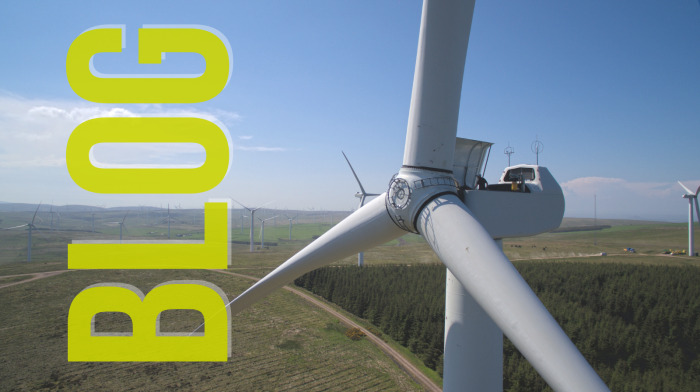Can Scotland Achieve 20GW of Onshore Wind by 2030? Yes. If.

In December 2022, the Scottish Government established its ambition of deploying 20GW of onshore wind by 2030 as part of its effort to achieve net-zero.
Achieving this requires building one and a half times more onshore wind capacity in eight years than in the previous 20 years. It was clear to government and the renewable energy sector that changes would be needed to achieve this ambition. From there, the idea of an Onshore Wind Sector Deal between industry and the Scottish Government was born.
Signed in September 2023, one of the key questions that the Sector Deal needed to address was whether Scotland has enough onshore wind projects to achieve the 20GW ambition by 2030. As a result, one of the first Sector Deal commitments to be delivered was an analysis of the onshore wind project pipeline.
BVG Associates published the first pipeline analysis in December 2023. The good news is that Scotland can not only achieve 20GW of onshore wind energy by 2030, it can potentially achieve almost 25GW. But there are many hurdles to overcome as each project makes the journey through consenting, build out and commissioning.
Achieving 20GW of onshore wind by 2030 and ensuring we stay on track for a net-zero energy system will only be possible IF…
- projects can secure timely grid connections.
- around 3GW of onshore wind capacity is secured in Contracts for Difference Allocations Rounds 6, 7 and 8.
- the shortened planning timelines for proposed onshore wind projects committed to in the Onshore Wind Sector Deal are realised.
- the consenting process can be streamlined by the standardisation of environmental impact assessment reports, which makes the planning process easier for everyone involved- developers and planners and statutory consultees alike.
- large swaths of land aren’t taken off the table for wind development by a failure to resolve the issues around Eskdalemuir or through the establishment of a World Heritage Site or a new national park.
- clear and consistent guidance is provided by the Scottish Government around biodiversity enhancement and how to treat peat, and every local planning authority adopts the Scottish Government’s approach.
- the Scottish Police provide enough officers to escort the abnormal loads required to bring turbines and blades to a project site.
- onshore wind turbines reaching the end of their life are repowered.
If even one of these ‘ifs’ doesn’t fall into place, the potential for reaching our onshore wind ambition shifts dramatically.
The pipeline analysis is clear: If nothing changes and we continue with ‘business as usual’, Scotland would fall 1.2GW short of its 20GW ambition.
But it’s important to note that ‘business as usual’ two years ago (which is when this data is from) is no longer ‘business as usual’ today. Planning timelines have already started to lengthen over the last year, meaning that even the ‘business as usual’ scenario in the pipeline analysis is an optimistic view of how many GW of onshore wind Scotland could achieve.
In short, reaching net-zero goals for onshore wind is absolutely possible. But it is not probable unless all of the commitments in the Onshore Wind Sector Deal are met.
Scottish Renewables is working closely with BVGA Associates on the pipeline analysis which will be updated every six months with new information on potential projects and updates on each developer’s commitment to the Onshore Wind Sector Deal.
- Blog by Megan Amundson, Senior Policy Manager - Onshore Wind and Consenting